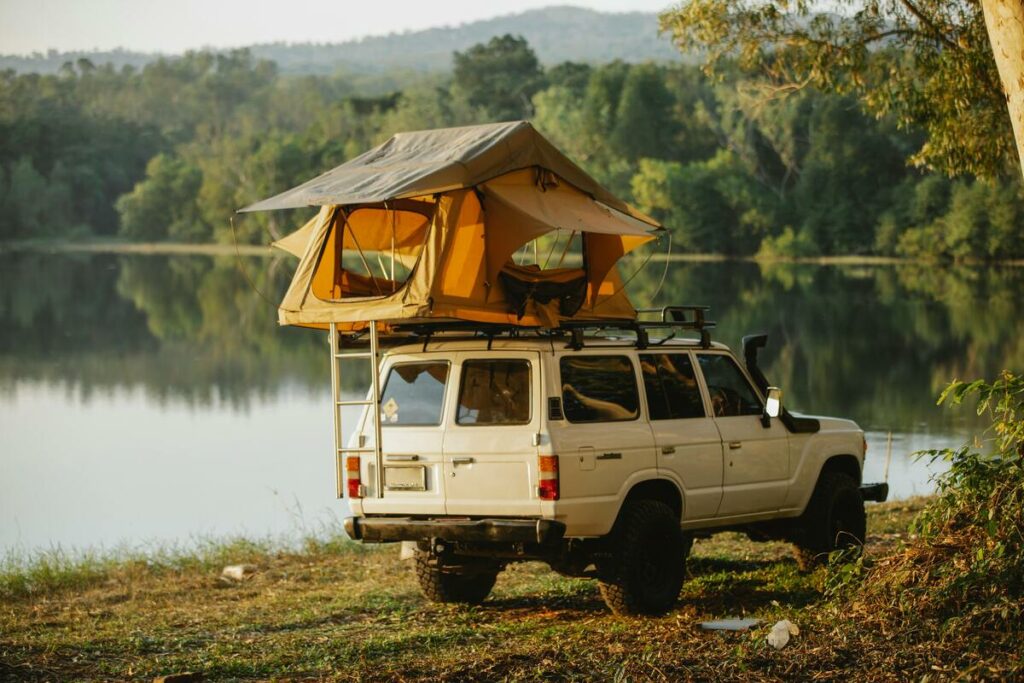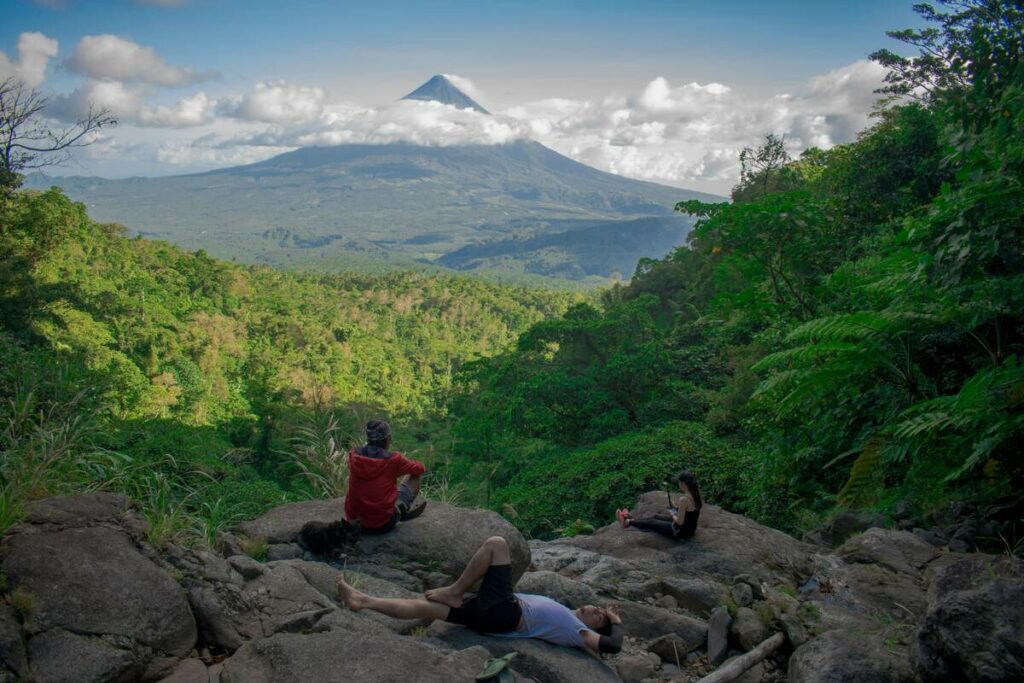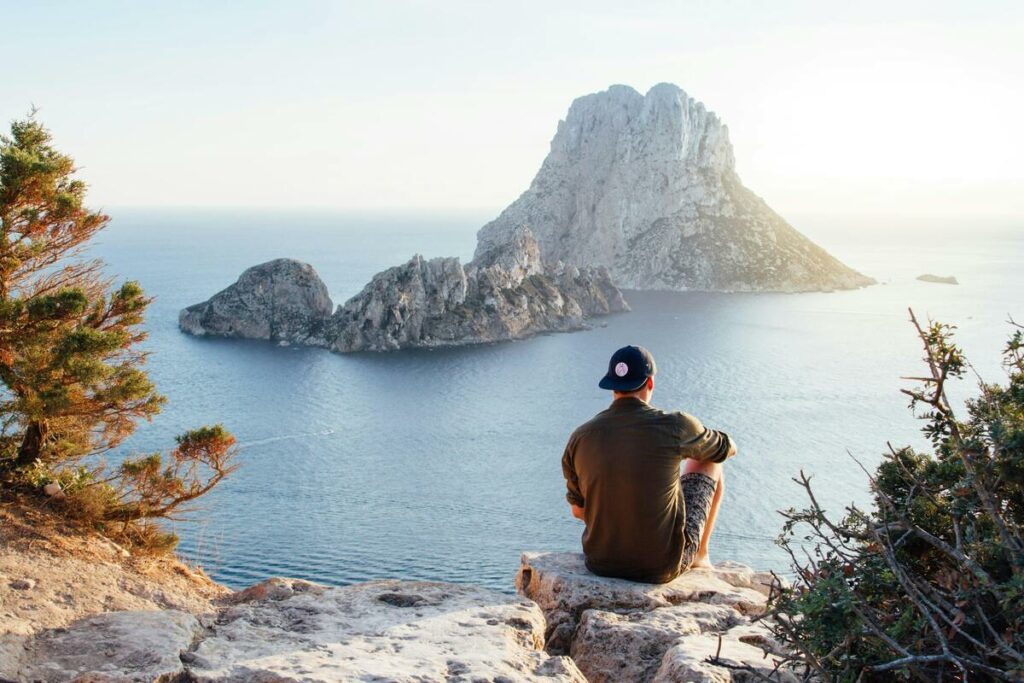In an age where speed and efficiency often take precedence, the concept of slow travel offers a refreshing alternative. Rather than rushing through a checklist of must-see sights and attractions, slow travel encourages you to take your time, immerse yourself in the local culture, and truly savor your experiences. It’s about quality over quantity, depth over breadth, and connection over consumption. If you’re ready to transform the way you travel, here’s why and how to embrace the art of slow travel.
1. The Philosophy Behind Slow Travel

At its core, slow travel is a mindset. It’s about embracing the journey as much as the destination and valuing the experiences that unfold along the way. Just as the Slow Food Movement advocates for a return to traditional, thoughtful food preparation and enjoyment, slow travel encourages a deeper, more meaningful approach to exploring the world.
Connection with Local Culture:
Slow travel prioritizes genuine connections with the people, places, and traditions of the destination. Instead of skimming the surface, it’s about digging deeper—learning a few phrases in the local language, participating in cultural traditions, and understanding the rhythms of everyday life in the place you’re visiting.
Reducing Stress and Fatigue:
By spending more time in one place and avoiding packed itineraries, slow travel reduces the stress and fatigue often associated with whirlwind vacations. There’s no need to rush from one attraction to the next or worry about squeezing every sight into your schedule. Instead, you can relax, explore at your own pace, and allow yourself to fully enjoy each moment.
Environmental and Ethical Considerations:
Slow travel is also kinder to the environment. By staying in one place longer, you reduce the carbon footprint associated with frequent flights, car rentals, and other forms of transportation. Additionally, supporting local businesses and choosing sustainable accommodations and activities align with the ethical considerations that are becoming increasingly important to conscientious travelers.
2. How to Embrace Slow Travel

Transitioning to a slow travel approach may require a shift in perspective, but the rewards are well worth it. Here’s how to start incorporating the principles of slow travel into your next journey.
Choose Your Destination Wisely:
When planning a slow travel experience, consider destinations where you can easily settle into the local way of life. Smaller towns, villages, or less-touristy neighborhoods in larger cities often offer the perfect setting for slow travel. Think of places where you can walk or bike everywhere, where local markets are the heart of the community, and where the pace of life naturally encourages you to slow down.
Limit Your Itinerary:
One of the most important aspects of slow travel is resisting the urge to over-schedule your trip. Instead of trying to see and do everything, focus on a few key experiences that truly interest you. Leave room for spontaneity—some of the best travel memories are made when you allow yourself to wander, get lost, and discover unexpected treasures.
Stay Longer in Fewer Places:
Rather than hopping from city to city or country to country, consider staying in one place for an extended period. This not only reduces travel-related stress but also allows you to develop a deeper understanding of the place you’re visiting. You’ll have time to revisit favorite spots, build relationships with locals, and experience the destination as more than just a tourist.
Engage with the Community:
Make a conscious effort to connect with the local community. This could mean staying in a family-run guesthouse, shopping at farmers’ markets, or participating in a local festival. Take the time to chat with shop owners, artisans, and residents—you’ll gain insights and experiences that you simply can’t find in guidebooks.
Travel by Land:
Whenever possible, choose to travel by land rather than by air. Trains, buses, and even bikes or walking tours offer a slower, more scenic way to experience a destination. You’ll see more of the countryside, have the opportunity to stop in small towns along the way, and reduce your environmental impact.
3. The Benefits of Slow Travel

Slow travel offers a multitude of benefits that extend beyond the trip itself, enriching both your experiences and your overall well-being.
Deeper Cultural Understanding:
Spending more time in one place allows you to gain a deeper understanding of the local culture, history, and traditions. You’ll likely develop a more nuanced perspective on the destination, which can lead to more meaningful interactions and a greater appreciation for the place and its people.
Increased Relaxation and Well-Being:
Without the pressure to constantly move and see new things, you’ll find that slow travel is inherently more relaxing. You’ll have the freedom to sleep in, enjoy leisurely meals, and take in your surroundings without the rush. This slower pace can lead to reduced stress, better mental health, and a more fulfilling travel experience.
More Authentic Experiences:
Slow travel often leads to more authentic and memorable experiences. Whether it’s stumbling upon a hidden café, being invited to a local family’s home for dinner, or discovering a secluded hiking trail, these moments of serendipity are what make slow travel truly special.
Sustainability and Ethical Travel:
By reducing your reliance on fast transportation and supporting local economies, slow travel aligns with the principles of sustainable and ethical travel. It’s a way to minimize your impact on the environment while maximizing your positive contribution to the communities you visit.
4. Practical Tips for Slow Travel

To make the most of your slow travel experience, consider these practical tips:
Pack Light:
With slow travel, you’ll likely be staying in one place longer, so there’s no need to pack for every possible scenario. Bring only what you need, and consider shopping locally for any additional items—this also supports the local economy.
Embrace the Local Pace:
Every destination has its own rhythm, so try to adapt to the local pace of life. If the town you’re visiting takes a siesta in the afternoon, use that time to relax, read, or enjoy a leisurely lunch. Let go of the urge to always be on the move, and allow yourself to simply be.
Document Your Journey Mindfully:
While it’s tempting to capture every moment on camera, slow travel encourages you to be present. Take time to observe and appreciate your surroundings without the lens between you and the experience. When you do take photos or journal, do so mindfully, reflecting on what makes the moment special.
Final Thoughts
The art of slow travel is about more than just taking your time—it’s about creating richer, more meaningful experiences that stay with you long after your trip is over. By slowing down and immersing yourself in the places you visit, you’ll find that travel becomes not just a way to see the world, but a way to truly connect with it. So next time you plan a trip, consider leaving the rushed itineraries behind and embrace the beauty of slow travel. Safe and mindful travels!
As you embark on your travels, remember that our journey leaves an impact. Embrace eco-friendly accommodations, support local communities, and reduce plastic use. Respect wildlife by observing from afar and conserve resources like water and energy. Choose sustainable transportation, leave no trace behind, and participate in conservation efforts. Educate yourself and others about the environment you’re exploring. Let’s ensure that we tread lightly on our planet, leaving only footprints of kindness and taking home memories that inspire others to protect our beautiful world. Safe and mindful travels!


